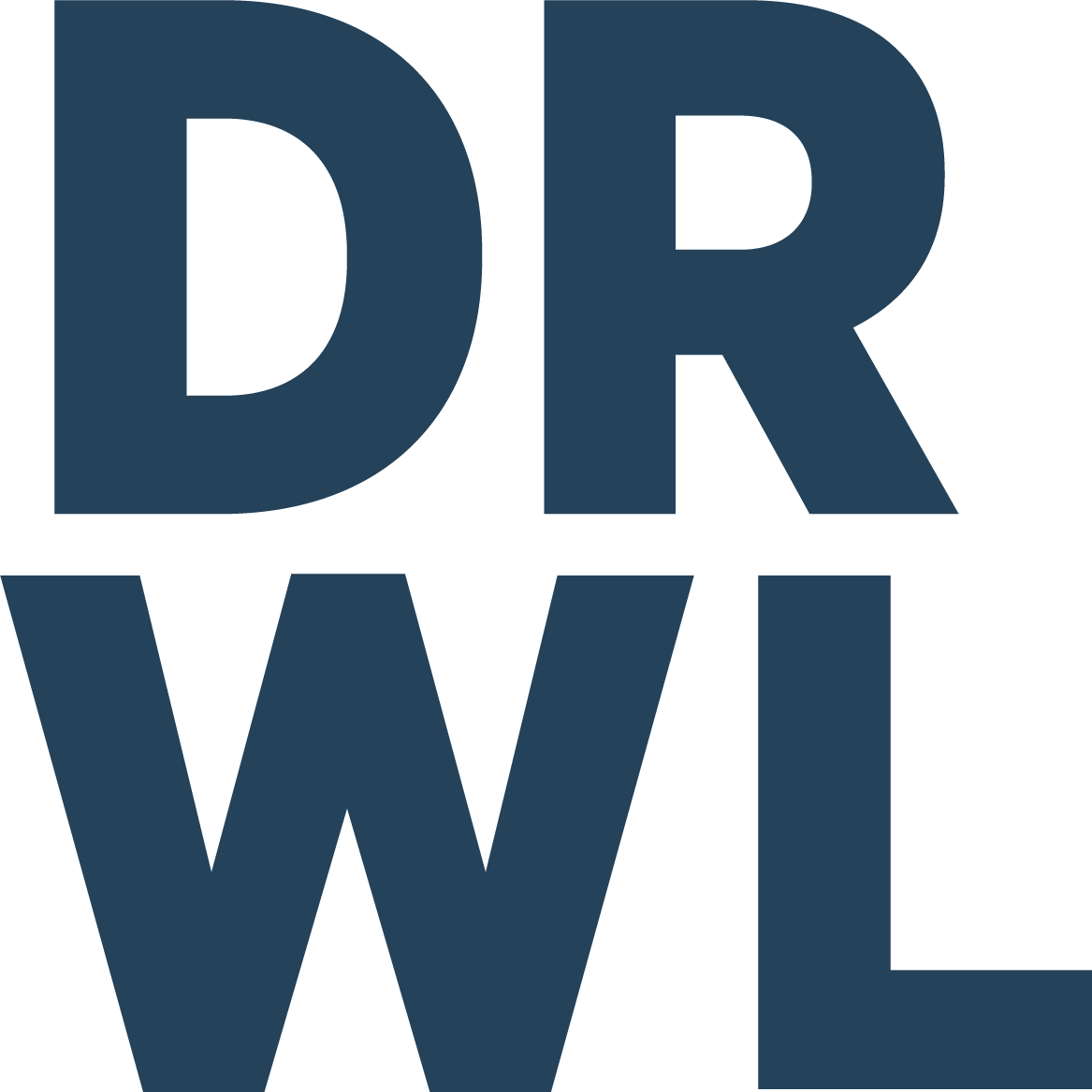Neurodiversity and communication: Understanding social quality as a relational characteristic
In an article for Fast Company magazine on the topic of interpersonal skills and the workplace, Judith Humphrey writes: "Plenty of research has been done about the connection between strong social skills and career success—especially in a workplace that is only becoming more automated."
While true, good communication skills are essential in any workplace and school setting, particularly so in those that actively seek and support neurodivergent talent.
Traditionally, autism is characterized by a lack of or difficulty with social interaction, but researchers at The University of Texas at Dallas recently challenged that way of thinking, asking themselves: how do exchanges for autistic people unfold in the real world?
"Most studies attempting to understand social disability in autism focus exclusively on individual characteristics," said Dr. Noah Sasson in a Technology Networks article that reported on the study. "This presumes that any difficulties in social interaction are driven solely by the autistic person. But how each person influences and is influenced by the other is key to understanding affiliation and social quality."
For the study, a sample group of adults were recruited to hold a five-minute, introductory conversation with another person they did not know. After the conversation, each participant evaluated the interaction and their first impressions of their partner. Of the 125 adults participating, 67 were on the autism spectrum.
Dr. Sasson concludes the study this way: "These findings suggest that social interaction difficulties in autism are not an absolute characteristic of the individual. Rather, social quality is a relational characteristic that depends upon the fit between the person and the social environment. If autistic people were inherently poor at social interaction, you'd expect an interaction between two autistic people to be even more of a struggle than between an autistic and non-autistic person. But that's not what we found."
A two-way street
I believe Tim Goldstein put it best: "We don’t need to 'fix' neurodiversity. We need to navigate it."
Communication is not about shaking hands a specific way or smiling at the "right" moment. Instead, communication is a tool and a skillset that allows us to better understand, empathize, and connect with others, particularly with those who may think differently from us. By being rigid in how we expect neurodivergent individuals to communicate with neurotypicals, we do more harm than good.
In his article, "The Neurodiversity Case for Free Speech," Geoffrey Miller explains that "[censorship] imposes a chilling effect on unusual brains that house unusual minds. It marginalizes people who may have great ideas, but who also happen to have mental disorders, personality quirks, eccentric beliefs, or unusual communication styles that make it hard for them to understand and follow the current speech norms that govern what is ‘acceptable...’”
Those who advocate for neurodiversity understand that society is enriched by diversity--by maximizing the "human capital" perspective--and that includes communication and social behaviors. Communication is a two-way street, and it is not solely the neurodivergent individual's burden to conform to neurotypical social standards.
Instead of expecting neurodivergent students or employees to communicate by neurotypical "rules," we need to restructure our way of thinking and ask ourselves: how can I better understand and accommodate neurodivergent communication needs in my classroom or office?
For more practical tips on how to overcome communication barriers in your life or at your workplace, please check out Stop Being Invisible, a book I wrote from my own experiences about improving the quality of communications with others, and let me know: what communication struggles have you faced, either as the communicator or the "communicatee"?
